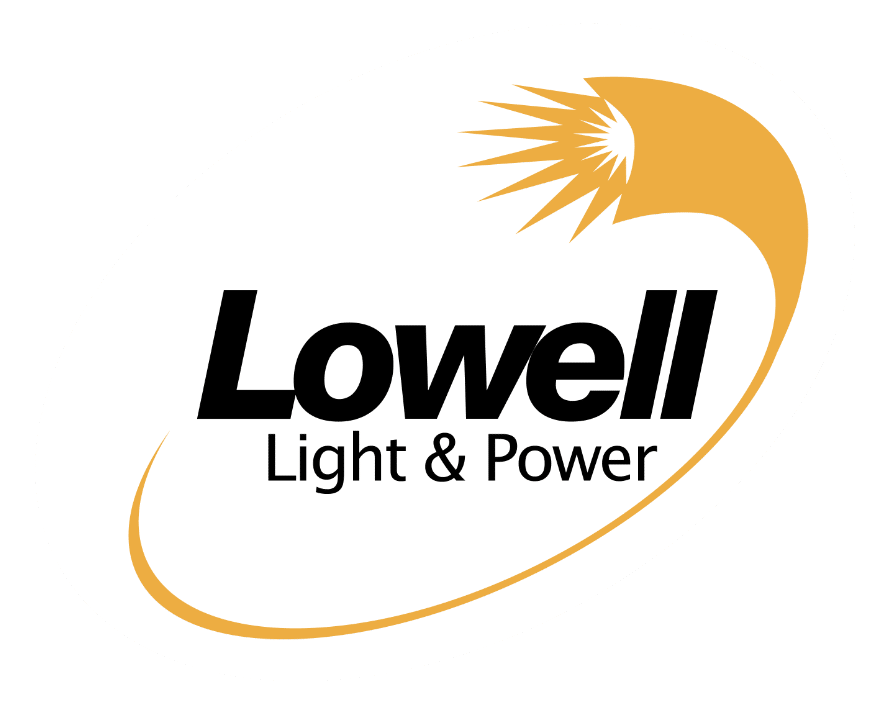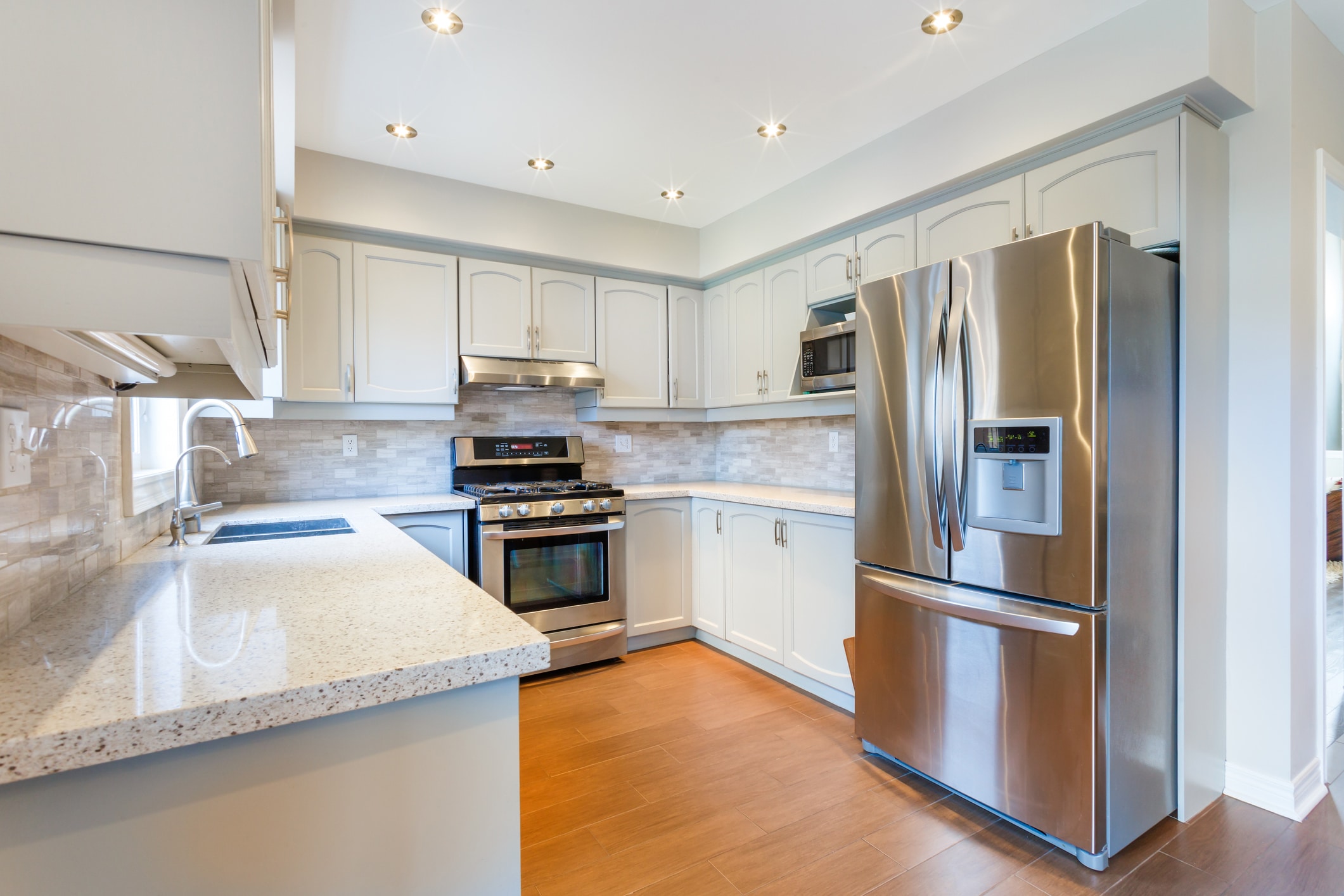Don’t pay someone else to haul away your old appliances – we’ll pay you! We even come and pick them up for FREE.
Old appliances use more energy than current models and are more likely to contain dangerous refrigerants that can be harmful to the atmosphere if they were to leak. We ensure the appliances we collect are responsibly recycled, giving you peace of mind, plus a few dollars in your wallet.
Rebate Amounts
| Appliance | Amount |
| Refrigerator | $50 |
| Freezer | $50 |
| Mini-Fridge | $15 |
| Dehumidifier | $15 |
| Window Air Conditioner | $15 |
Program conditions/requirements:
- Appliances must be in working condition
- Participants must be Lowell Light & Power customers
- Limit of two (2) large and two (2) small appliances per customer per year
- Large appliances are eligible for free pickup on the third Tuesday of each month. Small appliances may be dropped off at the LL&P office (please call ahead) or can be picked up at the same time as large appliances
- All appliances must be placed outside or in an accessible location (like the garage) for your scheduled pick up time
Please allow 2-4 weeks after pickup for your rebate to be applied to your bill.


